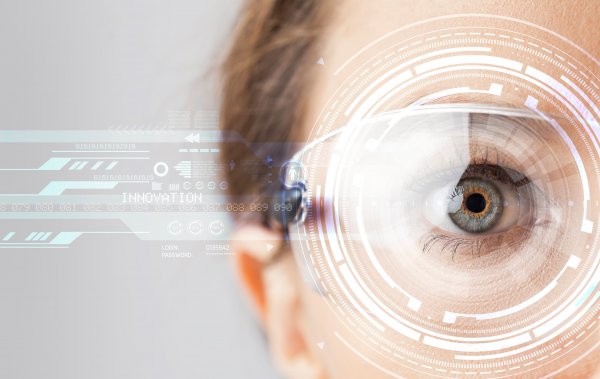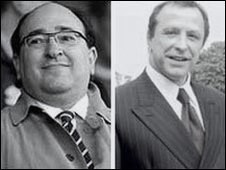Leading MMU academic looks at growing influence of AR and VR

Tim Jung, pictured, is director of the Creative Augmented and Virtual Reality Hub at Manchester Metropolitan University.
The use of virtual reality (VR) tools and experiences has broadened into multiple sectors, from gaming and entertainment to retail, media, automotive, property and beyond.
Jung has been researching the impact that VR can have on tourism using a specially developed app called BirdHIVE.
An interactive and specially commissioned VR experience, BirdHIVE was showcased at the Kendal Calling and Lakes Alive festivals in the summer of 2016, in celebration of the Lake District National Park bid to become a UNESCO World Heritage site.
This innovative app gives tourists the opportunity to experience a 360-degree virtual flight tour of the iconic Lake District within just three minutes.
A specialist digital team created 360 drone films to illustrate the special qualities of the national park as a prospective World Heritage site. The 360 videos were hosted on a smartphone app which festival goers accessed using Samsung Gear VR headset.
The Creative Augmented and Virtual Reality Hub investigates new and innovative ways to implement AR and VR in creative industries.
Tim and the team anticipated new trends and the huge potential of AR and VR back in 2013 and we started the Hub as part of Manchester Metropolitan University, aiming to bridge the gap between academic research and industry application.
The hub is currently hosting the third Augmented & Virtual Reality Conference. This is an exciting opportunity to meet industry experts and world leading scholars in the field of AR and VR. The specialty of this conference is combining rigorous academic research with the cutting edge and fast paced AR and VR developments in industry. Both experts and newcomers to the subject of AR and VR will be attending the conference to explore the latest developments.
The Hub is leading in research on customer experience, commercialisation of AR/VR and helping businesses realise the benefits of AR/VR. They are very open to talking to companies and organisations about new projects and the potential of using immersive technology in a variety of sectors – from tourism to retail.
Over the past five years, the hub has worked on various AR and VR projects. These include:
• A mobile AR project with Dublin City Council which investigated where augmented reality can enhance user experience around Dublin’s Independence Trail
• A wearable AR project with Manchester Art Gallery which looked at how wearable AR using smart glasses could complement the museum learning experience
• A mobile AR project with Manchester Jewish Museum which examined how augmented reality could add value to the learning experience of school children
• An AR & VR project with Geevor Tin Mine Museum and Museum of Science of Industry which tested how augmented and virtual reality can enhance the visitor experience.
For the future, there are huge opportunities for immersive technology in the entertainment and tourism sectors, as well as training and education.
For example, the idea of gamification using augmented reality technology (e.g. Pokemon Go) could be widely used in the context of heritage tourism to explore heritage sites interactively and bring hidden stories to life for tourists.
In the next year, we can look forward to exciting developments in the combination of AR/VR technology with the Internet of Things. Through Internet of Things, users can interconnect objects and devices in the real world.
This, used in conjunction with AR/VR will bridge the gap between the physical and digital worlds, so customers can access contextual and relevant real world information created by AR/VR technology.
Find out more about Manchester Metropolitan University’s Augmented and Virtual Reality Hub here










